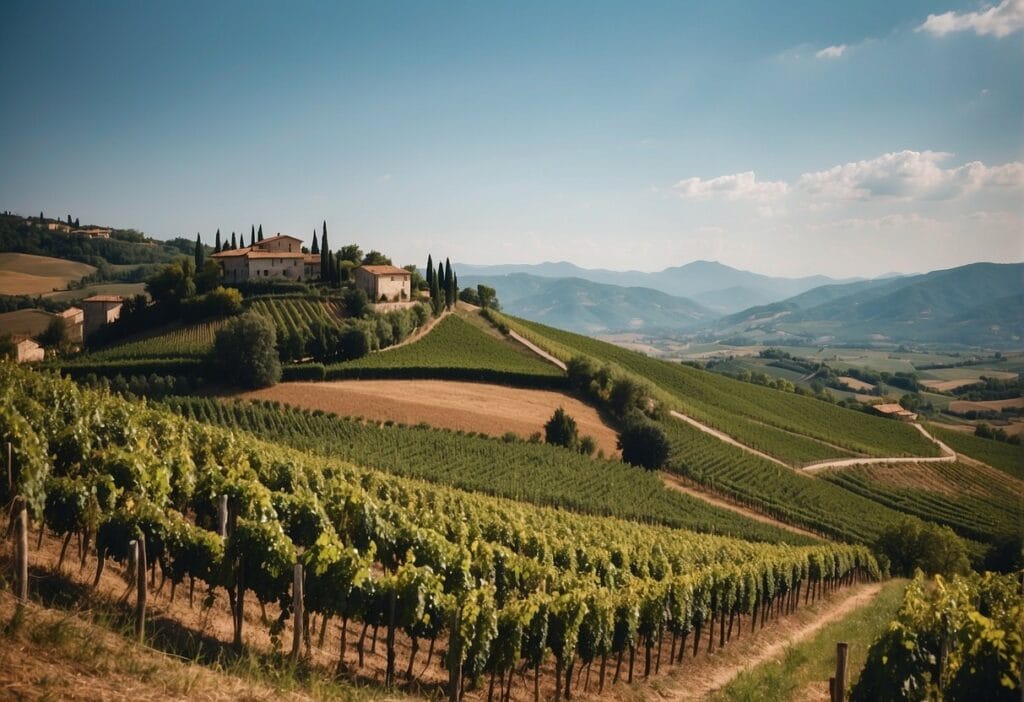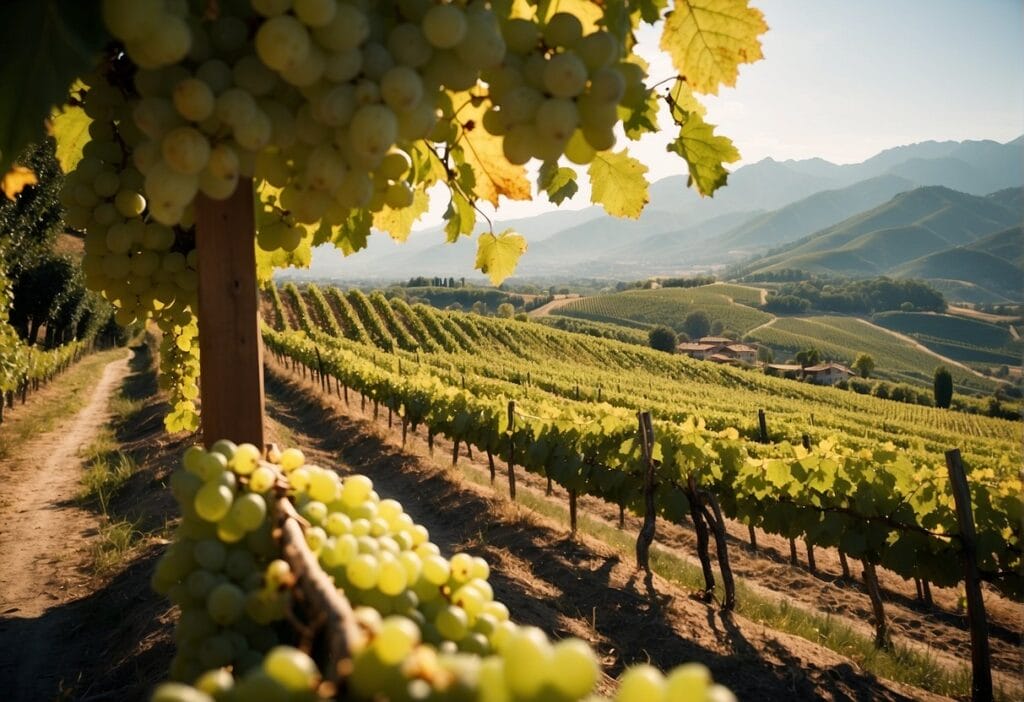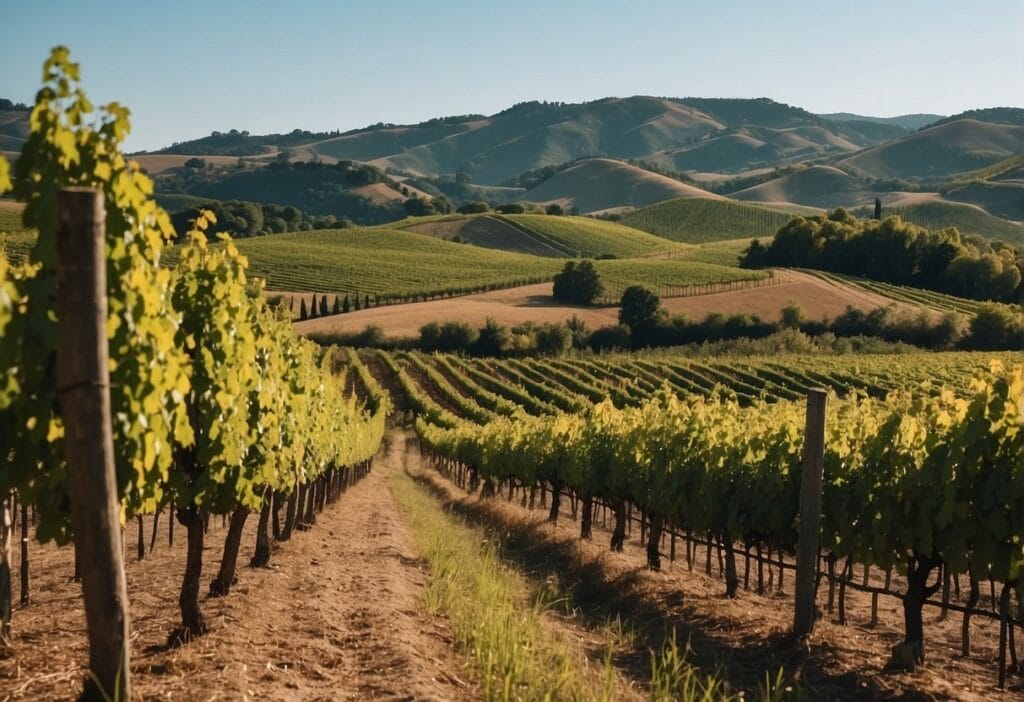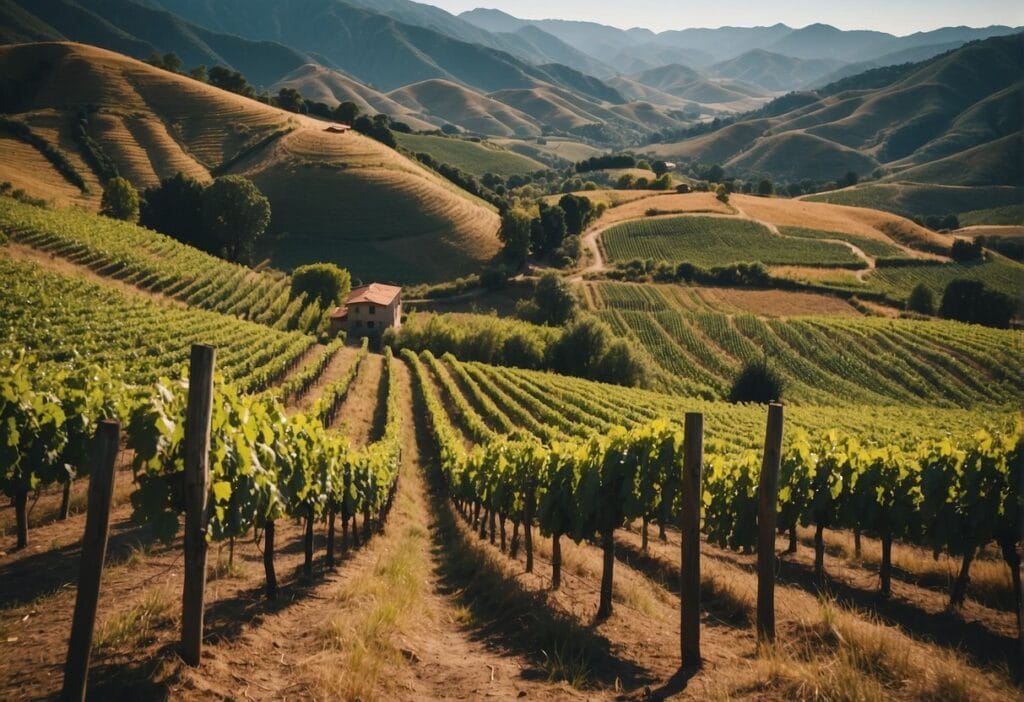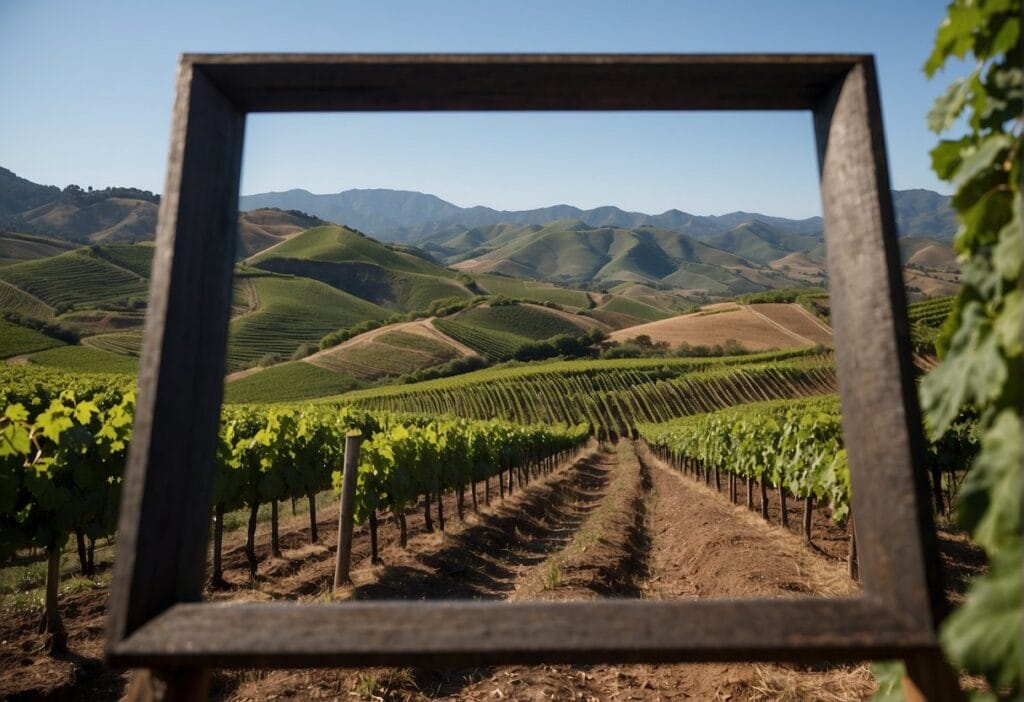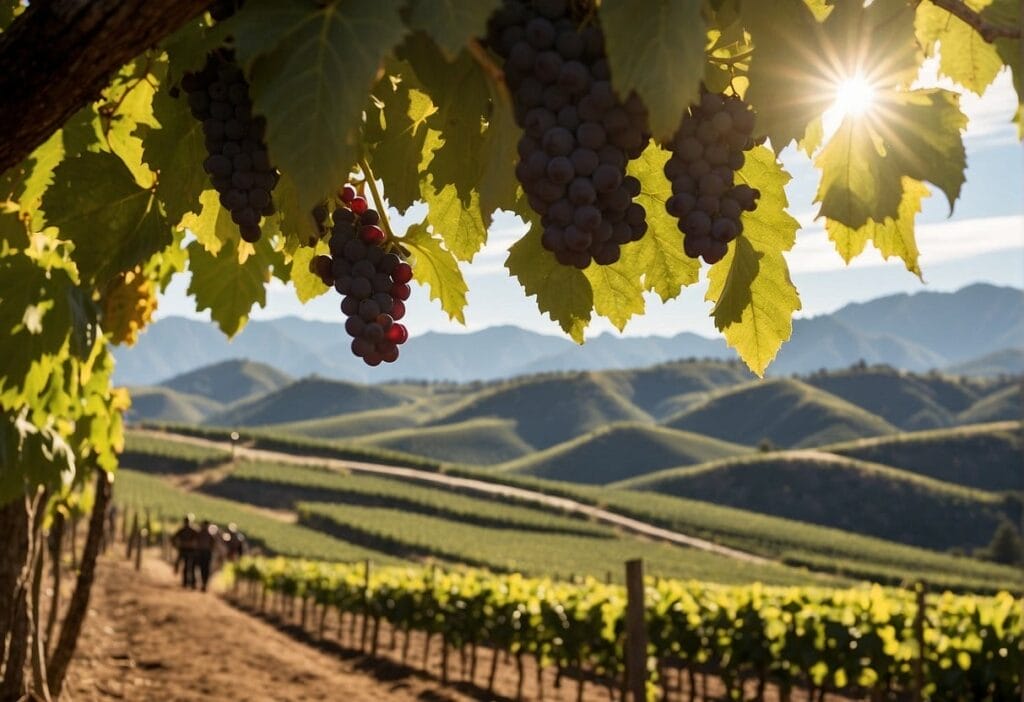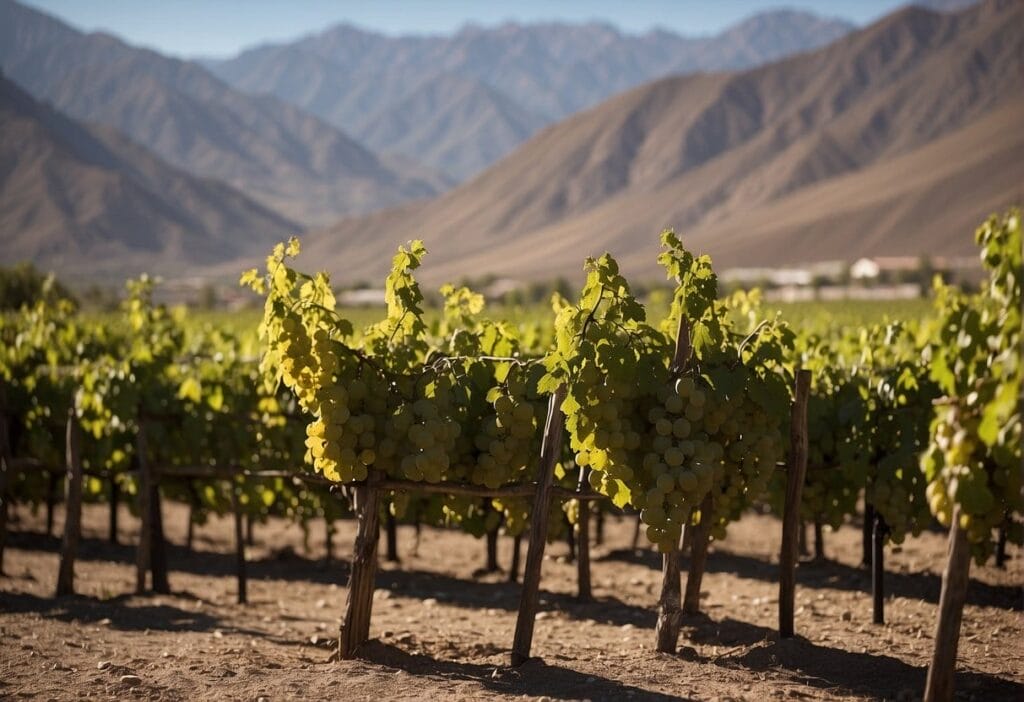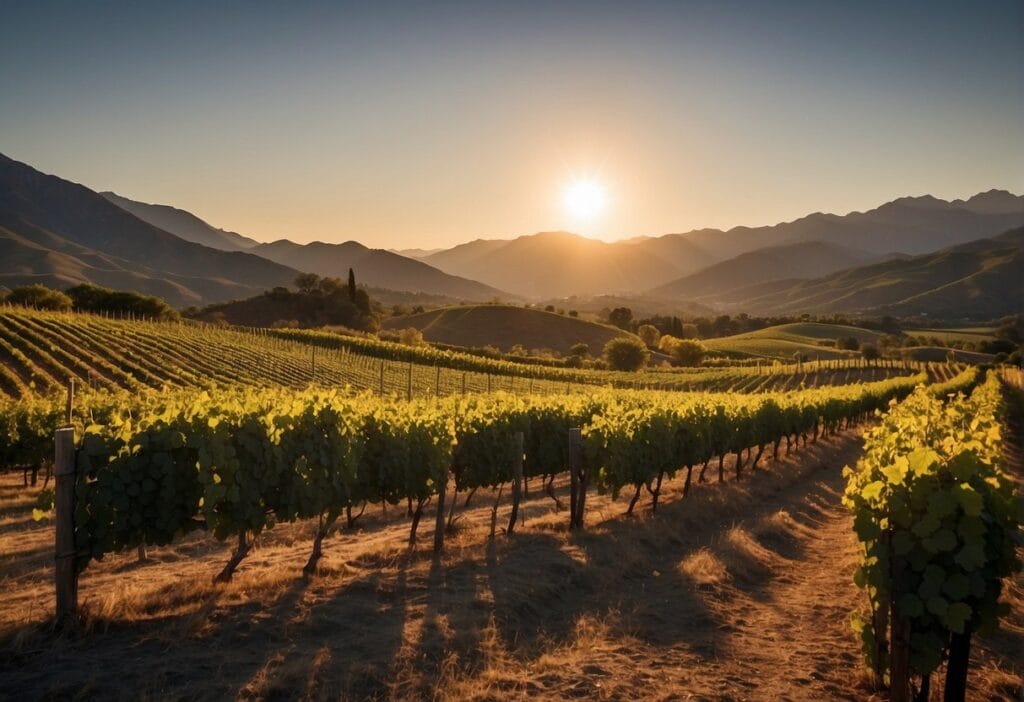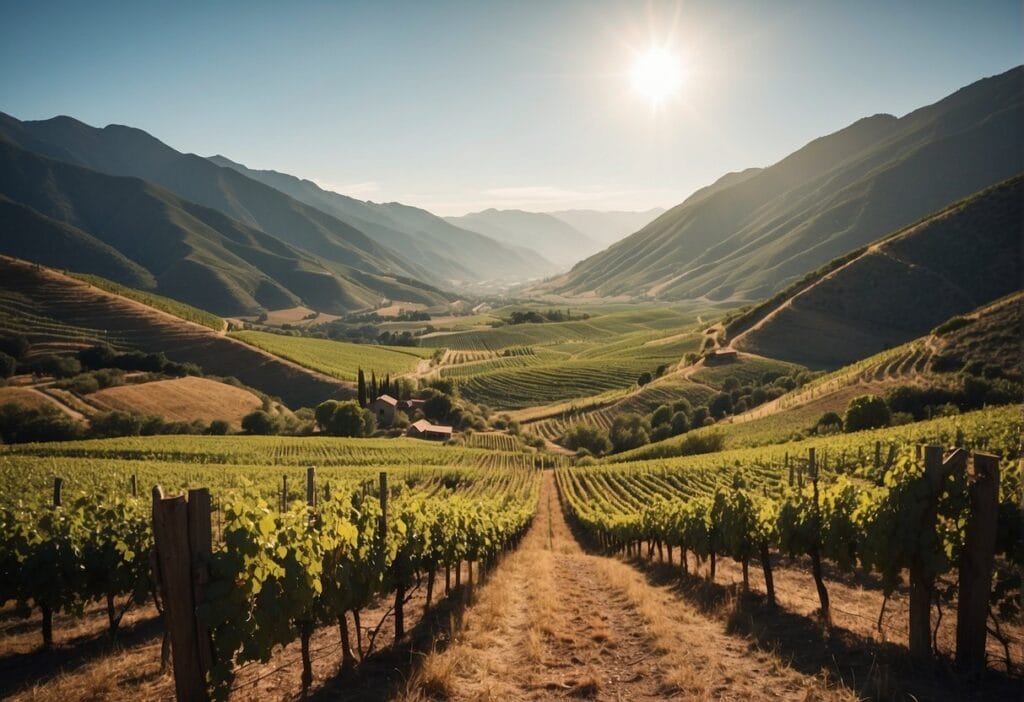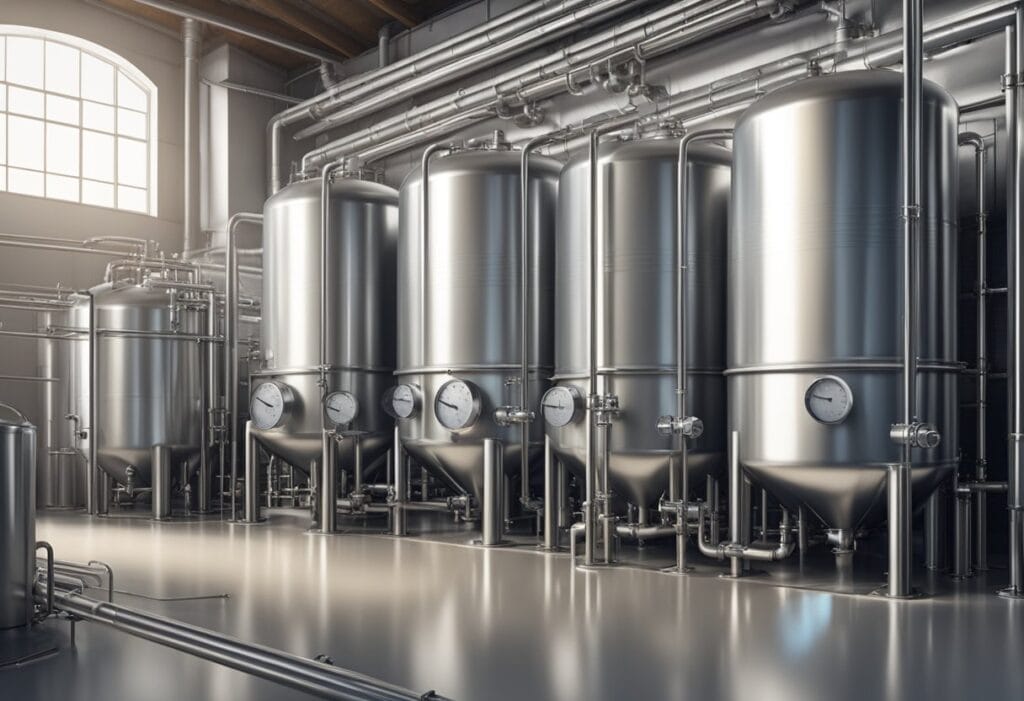Veneto Wine Region: A Guide to Italy’s Viticultural Treasure
Nestled in Italy’s northeastern corner, Veneto stands out as a dynamic wine region. You may encounter its rolling vineyards that stretch from the shores of Lake Garda to the foothills of the Alps and down to the Adriatic Sea. The diversity in geography gives rise to a range of microclimates and soils, allowing a variety […]
Veneto Wine Region: A Guide to Italy’s Viticultural Treasure Read More »
